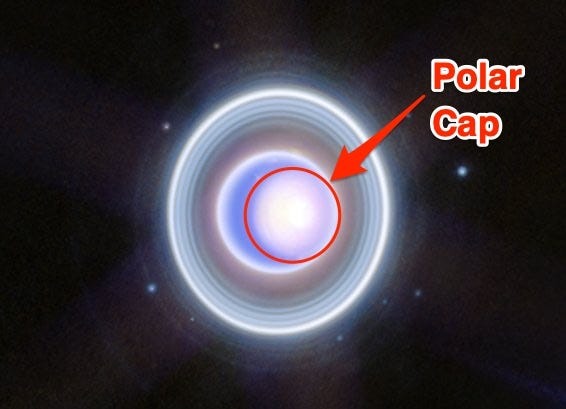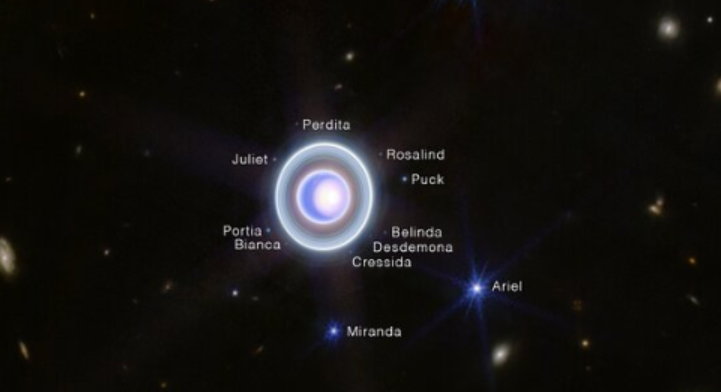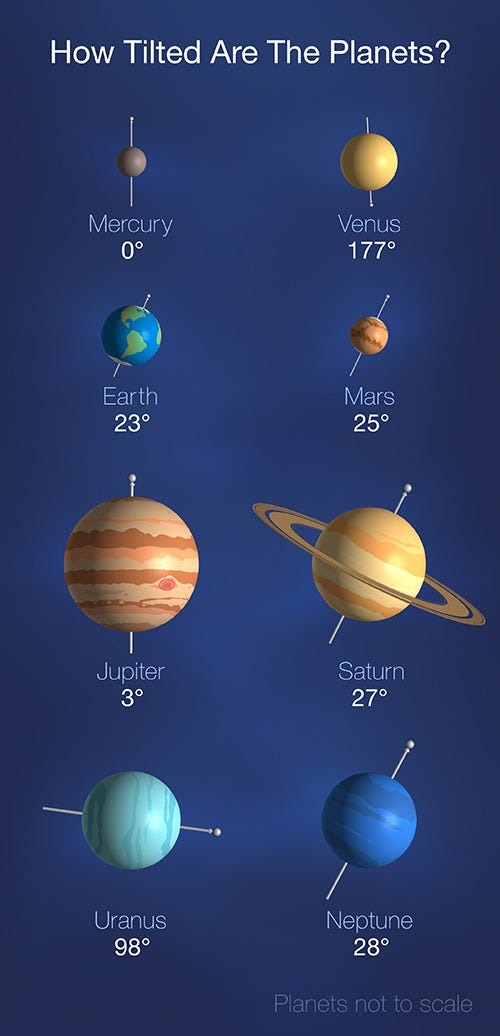NASA’s James Webb Space Telescope has revealed a highly detailed image of Uranus, showing the planet’s rings, storms and 27 moons, far exceeding the best Hubble images. The new snapshot also reveals seasonal details, including a prominent polar cap that provides insight into Uranus’ unique atmospheric conditions as the planet approaches a critical moment in its orbit in 2028.
NASA’s James Webb Space Telescope has once again demonstrated its impressive capabilities, capturing the most unique image of Uranus in human history. The high-powered telescope orbiting in space captured the icy blue planet in unprecedented detail, showing its rings, atmospheric storms, and the 27 moons that accompany the planet. The improved image published by NASA on Monday surpasses previous attempts by the Hubble Space Telescope, which failed to show more than a faint ring around Uranus. Below, from the left side, you can see a recent shot by the Hubble Telescope and next to it by the James Webb Space Telescope:
Although the James Webb Space Telescope had already taken an image of Uranus at the beginning of this year, the image taken at the end of the year far exceeds this image in terms of detail – and is also a worthy conclusion to the activities of humanity’s most advanced telescope this year. The current image gives a glimpse into the seasonal characteristics of Uranus. The image shows the planet’s distinctive “cloud cover” hovering over the North Pole — a phenomenon that becomes more apparent during Uranus’ 21-year winter period, when the Sun illuminates this polar cap. Violent storms also appear under cover, raising questions among scientists about the frequency and distribution of these weather disturbances, which are likely influenced by a combination of seasonal and meteorological factors.

Uranus is one of the strangest planets in our solar system, rotating at a 98-degree angle on its side, possibly leading to the most extreme seasons of any planet. Its unusual tilt means that during a Uranian year, which lasts about 84 Earth years, the sun shines on one pole only a quarter of the time, resulting in an extended 21-year winter. The tilt angles of the planets can be compared in the image below, so Uranus’ tilt angle is particularly striking.
Uranus is approaching a pivotal moment in its orbit in 2028, when its north pole points directly toward the Sun, and astronomers are eager to observe transition-related changes in the planet’s storm system, polar cap, and other features.
Continued exploration of the universe with the James Webb Space Telescope is expected to provide further insight into Uranus’ complex atmospheric conditions.
(source: Science Alert(Image: NASA, ESA, CSA, STScI)











































